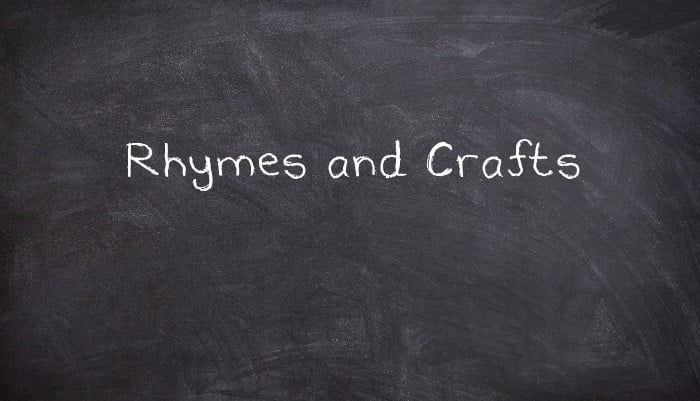One of the most rewarding experiences I have had working in Spain was when I was called to give a teacher training course to a group of EFL teachers in Valencia. All the teachers were Spanish and were teaching primary children in different schools in and a round Valencia and as far as Alicante.
The title of the course, the Use of Songs and Rhymes in an EFL Classroom for Primary Children was very interesting and very new to me. Normally, when teacher trainers are called to do courses, they have to organise the whole course themselves and not very much help is given apart from books and material which can be borrowed from the library.
In Spain, primary teachers (unless things have changed) are given very little knowledge on popular rhymes during their training and learning period at University something which surprised me enormously. The subject was therefore new to them however; they were keen to learn many of the different songs and rhymes that normally children are taught in England when they are very small.
I began by selecting those popular rhymes that I considered were suitable for an EFL class. The vocabulary had to be simple and at the same time very familiar to the children. New vocabulary had to be adequate so children could pick it up quickly.
I read and learnt many new things about popular rhymes above all the origins of rhymes. I found a very interesting book on the origins and history of rhymes, if I remember well it was an Oxford edition. Did you know for example that Ba Ba Black sheep was initially created to ridicule the monarchy of the time and is about the imposition of taxes? I taught different rhymes to the teachers explaining why they were composed in the first place or when they were created. This made the content of the course highly interesting.
However, the teachers wanted something else, something that could make the children remember the rhymes in a meaningful way and didn’t just want to teach the mere recitation of the songs in the class, after all a cassette would do that job, so I decided to be creative and began to think about craft activities and lots of other interesting writing activities children would enjoy doing with each new rhyme. It took me a while and a lot of effort but I came up with new ideas like implementing role plays, for example in the case of Humpty Dumpty, where all the class could participate creating the idea of classroom theatre. Using the vocabulary which would appear in the rhymes, I created different and enjoyable writing activities that children would enjoy doing. The craft activities were suitable to do in the classroom and the material easy to get hold off. The teachers first did all the craft activities during the course themselves. They loved these ideas so I compiled them onto a colour CD for teachers to print off the lessons as they required them.
I believe the teachers really valued my teaching experience and the knowledge I gave them. I was very pleased with the response and especially pleased that I had learnt so much from the course and at the same time was able to transmit my knowledge in a creative way allowing even the children to benefit from the ideas I passed onto the teachers.
Teachers enjoyed carrying out the craft activities during the course and found it very relaxing. There was an excellent teaching/learning environment throughout the course.
I’ve made my own website for EFL teachers after this wonderful teaching experience. It’s called www.rhymesandcrafts.com
Rhymes and Crafts

Using rhymes and crafts in the ESL classroom